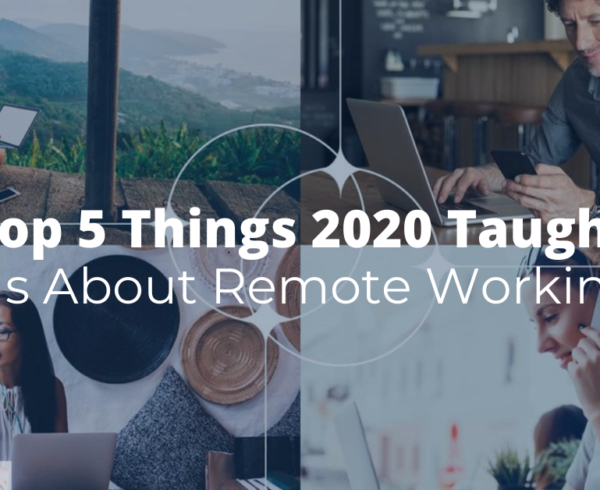Our community and many others have lost workforce talent to larger, coastal cities for decades. While the reasons behind it are complex, the steady loss of young, educated workers seemed unstoppable. Much more recently, the COVID pandemic has also seemed unstoppable and even more devastating. However, it sometimes happens that you can use one problem to solve another. Thanks to the unique circumstances of 2020 and 2021, our community may be able to pull off the biggest homecoming in history.
Solving One Problem with Another
Smaller cities and towns such as ours have steadily lost workforce talent in recent decades. Economic opportunities within non-urban communities have been reduced by outsourcing and the Great Recession. While large cities have reaped the benefits of the tech boom, rural areas and smaller cities have hardly felt it. Communities like ours have suffered shrinking tax revenues, aging populations, and shrinking workforces as young, educated people flock to the cities for education and employment.
However, it’s not necessarily because they want to live in the city. In fact, many talented young workers don’t live in the city, but in a suburb and deal with long commutes. Lopsided economic growth has made the big cities prohibitively expensive, but many young people need the high salaries that tech offers to pay off their student debt. However, COVID has accelerated trends that could bring our workforce talent back home.
On the one hand, the pandemic may cause people to reassess aspects of city living, such as dwelling in apartments and riding public transportation. Such changes in view are ultimately not based in fact, but it’s easy to find people already voicing such opinions. More importantly, the pandemic has dramatically accelerated the shift to remote working.
Remote working was always going to make its way into the tech industry. Operating large office buildings, requiring communities, and providing high compensation to attract talent to expensive sities have been redundant for a decade, perhaps. One result of the pandemic is that change-averse businesses have made the leap to virtual working as soon as the pandemic forced work-from-home orders across the country. With a new freedom to work from anywhere, many are looking at affordable, comfortable life in communities like ours.
In fact, tech companies are encouraging their employees to relocate. Pragmatic businesses such as Stripe are offering impressive incentives in exchange for minor pay cuts and relocation out of expensive urban areas. Since we love our quality of life, we don’t thin financial incentives are the only reason to leave the rat race.
Pulling Off the Biggest Homecoming in History
Communities around the country are trying different things to draw remote workers. Housing discounts, grants, and even tax incentives are tools being used by municipalities to attract remote workers.
These incentives will work best in combination with an appeal to the improved quality of life that we can offer. These things are proximity to nature, a peaceful place to live, affordability, and a tight-knit community. If we can provide these benefits alongside the internet infrastructure and housing remote workers need, we can bring our talent home and revitalize our community.













